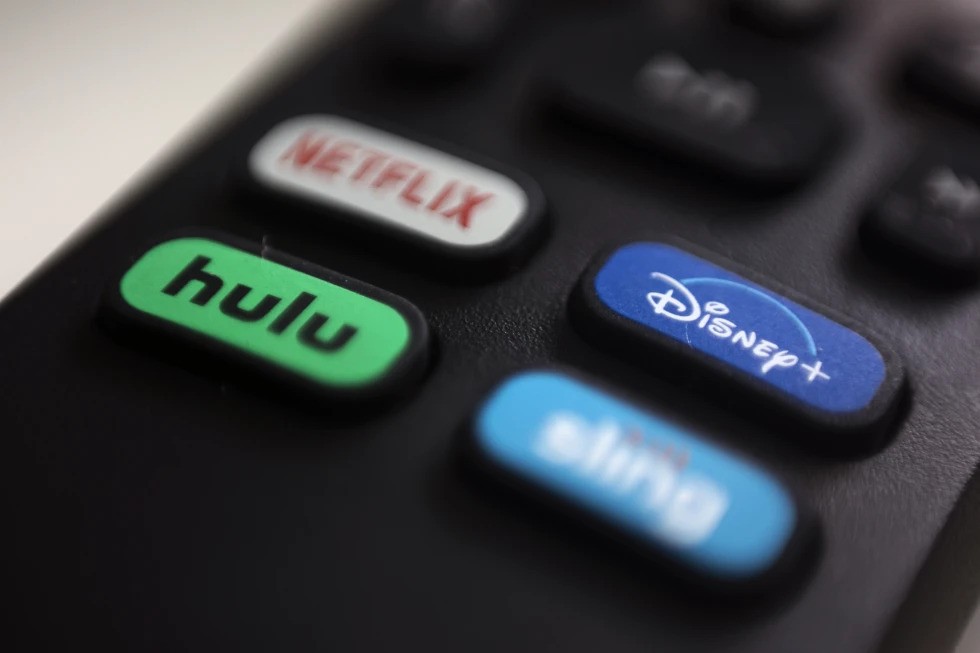Struggling to adapt to the stream, sports fans are fish out of water

(AP Photo/Jenny Kane)
In August 2023, Nielsen’s Gauge Report said that only 30.2% of Americans were still watching cable TV, compared to 38.3% of users watching streaming services. Cable TV has been on a sharp decline since its peak in 2011. While this might seem great for the audience since they can pick and choose what to watch and when to watch it, fans of live sporting events have found themselves going broke trying to keep up with their favorite teams. Live sporting events have found themselves in new territory with the rise of streaming services. In the past, a user could just pay for a cable subscription, and depending on the package they could watch all of their favorite team’s games. However this style of broadcast had some limitations, like if a fan was located in a different market from their team. They would not be able to watch their team play since their market wouldn’t carry their game, only the local team’s game. This problem was expected to be fixed with the introduction of sports livestreaming, but things have only gotten worse for the consumer.
For a viewer wanting to watch all of their team’s games for a season, this can become very costly as streaming services and broadcast companies are constantly shifting which teams they show on their network. A team can play on CBS, ESPN, Amazon Prime, and NBC all in a 4-week span, and each network varies on whether it’s available for a user to watch depending on their market. If a user pays for NFL+, they can watch all of their team’s games, but only if they’re in the local area’s TV market. They might expect that since they’re paying a monthly fee that they can watch every game for their local team, but blackouts prevent viewers from watching if a game is out-of-market. So if your team plays a road game, but another local team is playing at home, then the channel in the market gets priority. A viewer might also find that their team is playing on an entirely different streaming service like Amazon Prime or Peacock. This drives the total monthly price up for the consumer just because they wanted to watch all of their team’s games. Blackouts and the number of streaming platforms required to watch have become problems across all major sports leagues. The NFL offers an alternative for viewers who want to watch out-of-market games with their NFL Sunday Ticket program, but this is on the costlier side starting at a $350 annual payment.
With sports becoming more expensive and harder to watch, more and more fans find themselves unable to watch their team. This poses a problem for sports leagues and advertisers since they are losing viewers to drive up ratings, as well as hurting the hardcore sports fan who doesn’t want to miss a single game. With streaming being more accessible than ever, it seems like a simple task to create a way for fans to watch their home team. But with sports being more profitable than ever before, broadcasters and sports leagues have no incentive to change the system to benefit the viewer.

